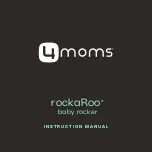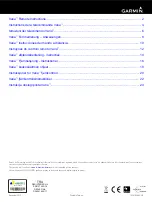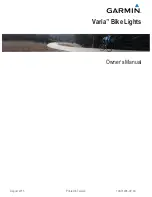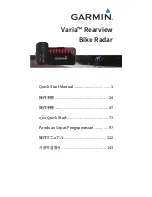
Symeo LPR
®
-System
LPR
®
-2DB
Product Documentation
System
Description
Copyright © Symeo 2012
Page 21 of 132
If desired the master transponder can store the coordinates of the cell (
mode 2b
). The
master transponder then repeatedly broadcasts his coordinates and all base-stations in
range receive the data. Alternatively the coordinates can be kept on the mobile unit
permanently as in mode 1 (
mode 2a
).
Finally, depending on the master-transponder type, the position data of the mobile units can
also be transmitted to the master transponder and can be retrieved by the user.
3
2
2
2
2
2
2
1
4
5
5
5
5
5
5
4
4
Figure 3 - System setup for mode 2
1: Mobile unit
2: fixed mounted units
3: Master unit
4: Communication channel (commands)
5: Broadband measurement signals
3.2.3
Operation Mode 3: TDOA
Sometimes many mobile units are present in a cell, or measurement of the position of mobile
units at exactly the same time is desired. Using mode 3, only the fixed mounted units
transmit broadband measurement signals. The mobile unit receives these signals and
computes its position from the time-differences of the signals.
Mode 3 has the same basic hardware as mode 2, but the organization of the measurement is
completely different:
The master transponder sends a broadband synchronization signal preceded by the group ID
of the cell. The slave transponders precisely synchronize to this signal and in turn each
transponder transmits the broadband measurement signal. All base-stations within the cell
receive the signal and compute the time-difference between the received signals. The time-
difference is used to obtain the position.
















































